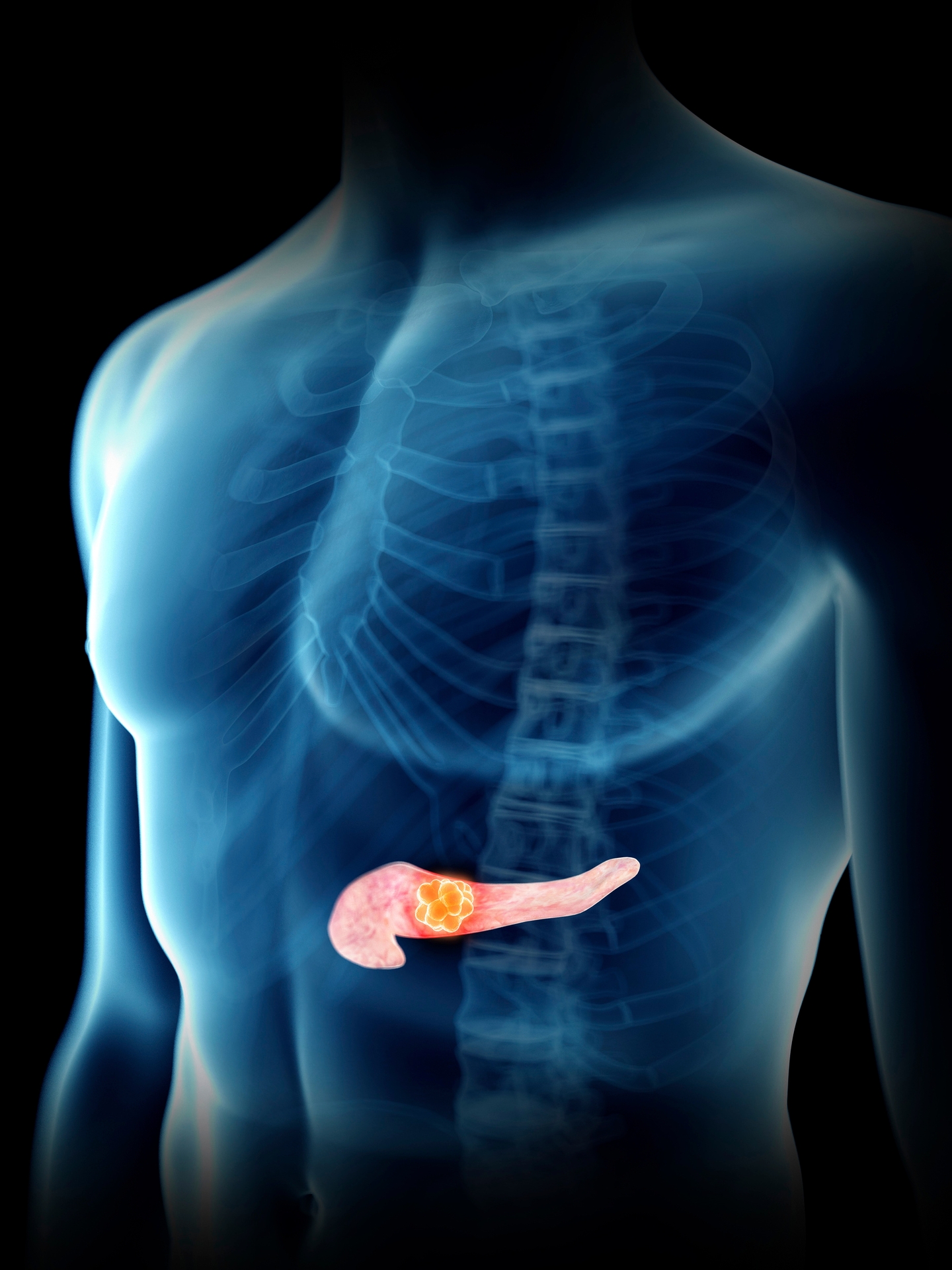This cancer accounts for about three percent of all U.S. cancer cases and roughly eight percent of all cancer-related deaths
Four Leg Symptoms That Could Signal A 'Deadly' Form Of Cancer, Experts Warn
Doctors are warning that four seemingly harmless leg symptoms might actually be the first sign of pancreatic cancer, one of the most aggressive and difficult-to-detect cancers.
According to data from the American Cancer Society, an estimated 67,440 Americans will be diagnosed with pancreatic cancer in 2025 — 34,950 men and 32,490 women — while around 51,980 people are expected to die from the disease, with men making up just over half of those deaths.
Although pancreatic cancer only makes up about three percent of all cancers in the United States, it is responsible for around eight percent of all cancer-related deaths, making early detection especially critical.
What many people don’t realize is that one of the earliest warning signs of pancreatic cancer can appear in the legs — long before stomach pain or jaundice develops.
Experts say the first red flag often isn’t in the pancreas at all but in the form of a blood clot. When a clot forms in a major vein, most often in the leg, it can sometimes signal that something serious is happening deeper within the body.
Doctors have found that these clots can be an early sign of pancreatic cancer, even before any typical digestive symptoms appear.

This condition, called deep vein thrombosis (DVT), can develop for many reasons — including long periods of sitting, injury, or surgery — but in certain cases, it’s linked to cancer, especially pancreatic cancer.
The four key symptoms of DVT are pain, swelling, redness, and warmth in the affected leg. While these might sound like ordinary issues, they can sometimes indicate that a tumor is quietly growing inside the body.
Medical professionals emphasize that anyone experiencing these symptoms without an obvious cause should get checked immediately, as it could be an early sign of a much more dangerous condition.
In some cases, a clot can detach and travel to the lungs, leading to a pulmonary embolism (PE). This can cause chest pain, shortness of breath, and even become life-threatening if not treated right away.
Part of what makes pancreatic cancer so deadly is that it rarely causes noticeable symptoms early on. By the time most people realize something is wrong, the cancer may already have spread to nearby organs or lymph nodes.
Other subtle early signs may include fatigue or weakness that has no clear explanation, or the onset of jaundice — when the skin and eyes develop a yellow tint due to a buildup of bilirubin in the body.

Additional symptoms can include dark urine, light or greasy stools, and itchy skin. Unexplained weight loss and loss of appetite are also common red flags, while abdominal or back pain often develops as the tumor grows larger.
When a tumor presses against nearby organs or nerves, the resulting pain can be persistent and difficult to relieve. In some cases, pancreatic cancer may also affect the liver and gallbladder, causing them to enlarge or function abnormally.
Doctors warn that as the disease progresses, it can even interfere with the pancreas’s ability to make insulin, leading to the sudden onset of diabetes in previously healthy adults.
While many of these symptoms can stem from much less serious issues, experts urge people not to ignore them — especially if signs of blood clots appear without a clear reason. Getting evaluated early can make all the difference when it comes to pancreatic cancer.

